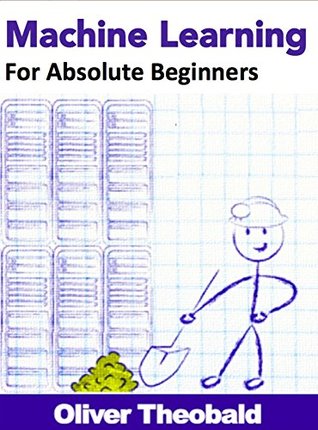More on this book
Kindle Notes & Highlights
For decades, machines operated on the basis of responding to user commands. In other words, the computer would perform a task as a result of the user directly entering a command. But as you may know, that has all changed.
In the modern age of machine learning, computers do not strictly need to receive an ‘input command’ to perform a task, but rather ‘input data’. From the input of data they are able to form their own decisions and take actions virtually as a human would – but of course within the confines set by the machine’s operator.
Machine learning algorithms have existed for virtually two decades but only in recent times has computing power and data storage caught up to make machine learning widely available.
What’s more, you don’t necessarily have to have troves of data to conduct machine learning, and even data mining for that matter. Both machine learning and data mining techniques can be applied to smaller datasets as stored in an Excel spread sheet.
Machine learning, as we’ve touched upon already, is a subfield within both data science and artificial intelligence. Machine learning applies statistical methods to improve performance based on previous experience and detected patterns.
As established, both data mining and machine learning focus on forming future predictions based on historical data, and very often use the same self-learning algorithms to form these predictions. However, whereas machine learning uses self-learning algorithms to improve with experience at a given task, data mining focuses on analyzing data to discover previously unseen patterns or properties. Data mining is thus exploratory in nature as it searches for unknown knowledge, whereas machine learning concentrates on studying and reproducing specifically known knowledge to form predictions.


